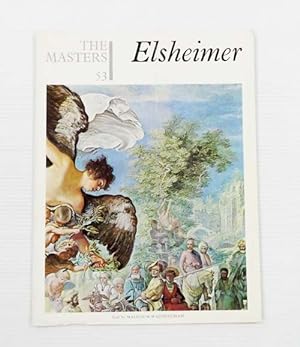More books.
No matter how many books I
acquire, I always have space left in my ‘enthusiasm quota’ to delight in a few extra
to add to my library. I would like to
say that I am a discriminating purchaser, but I realize that what I actually am
is an omnivorous bibliophile. I find no
problem in finding a reason to purchase a book and am an extremely good
fabricator of justifications.
My self-imposed task of writing a
short monograph on the famously un-famous German painter Adam Elsheimer has
given me the ideal opportunity to spend more and have volumes winging their way
to me.
The last if a book from the past,
one of a series of large format magazines that comprised the series of “The
Masters” published in Britain in 1966.
This one is number 53 “Elsheimer”, 14 colour prints with an introduction
by Malcolm Waddingham. Originally each
of the issues cost the princely sum of 6/- (six shillings or 30p) though I paid
considerably more than that and for a second-hand copy too! Though I do have some of the other issues that I bought at the time.
I now have three books that deal
principally with the artist and a series of other publications that mention him. My reading so far has given me a clearer idea
of the artist himself and also is beginning to suggest a way of approaching the
writing I intend to do.
Or I could just sunbathe!
The flesh is willing, but in my view,
it is still far too pale to be acceptable and autumn is almost upon us and
lazing time has its expiration date.
One has to make a judgement
between the intellectual and the sensual and, as the most interesting thing
that I have experienced today is evaluating the new non-alcoholic G&T (not
convincing) it perhaps gives you some idea of where my priorities lie!


